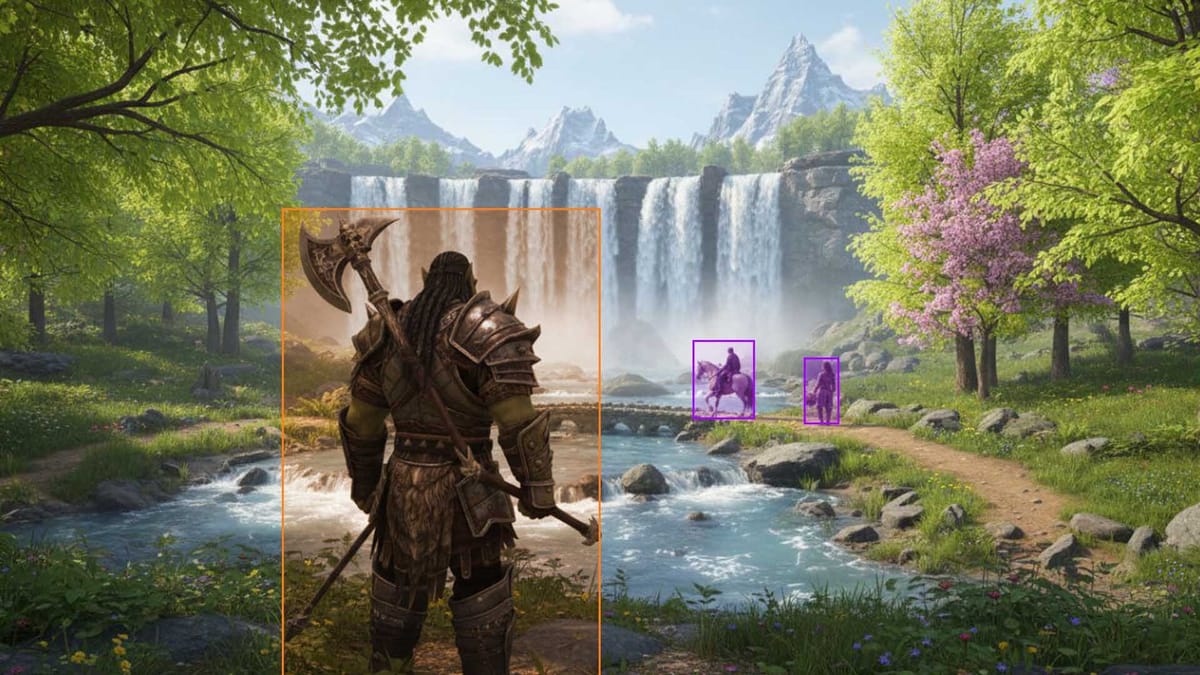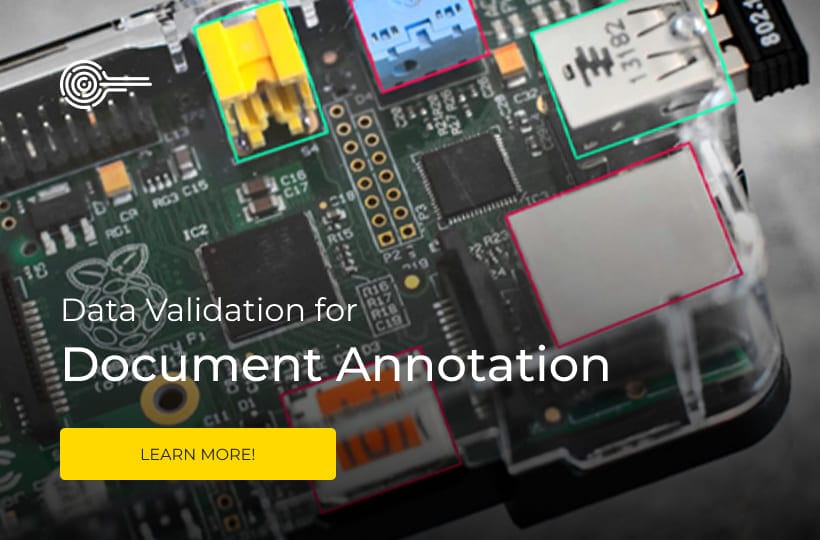Using Gameplay Telemetry for Personalization Models

By analyzing patterns in gameplay telemetry, studios are now creating worlds that evolve with every decision.
Complex systems process millions of data points from game interactions and turn the raw numbers into actionable intelligence. These models detect subtle changes in engagement levels, identifying early churn signals and predicting when players may lose interest or face frustration. The result is dynamic adjustments to difficulty curves, personalized content recommendations, adaptive skill rating calibration, and goal-setting suggestions.
Advanced pipelines combine machine learning with real-time processing frameworks to adapt to player behavior. This technical foundation powers everything from player selection algorithms to narrative branching systems.
Quick Take
- Real-time data collection enables personalized game environments.
- Advanced systems process millions of interaction points per session.
- Predictive models adjust content delivery based on AI behavioral patterns.
- Modern infrastructure combines cloud processing with edge computing.
- Traditional analytics have evolved into self-optimizing gaming systems.

Telemetry for personalized experiences
Telemetry is information collected in real time from different devices. Such data allows companies to understand user behavior and adapt products, services, and interfaces to each customer's needs.
Telemetry records clicks, views, interaction time, navigation, and other user actions. This information is analyzed using machine learning algorithms to offer personalized recommendations, optimize the interface, or predict user needs before they are expressed.
Telemetry helps track equipment usage in physical devices and IoT systems, customize its operation for a specific user, and predict service needs. This allows you to create individual usage scenarios, increase customer satisfaction, and improve product efficiency.
Thus, telemetry data is the basis for personalizing experiences and helps companies make decisions based on actual user behavior, quickly adapt services, and increase their value for the end user.
Data Collection and Analysis Methods
Gaming systems operate through complex data ecosystems that capture many events per second, including matchmaking data, session segmentation, and player progression metrics. These frameworks transform raw input data into actionable intelligence and employ multi-layered monitoring strategies.
Real-time data monitoring methods
Modern sensors capture behavioral signals through direct interaction with devices. Specialized collectors process controller inputs, voice commands, and biometric feedback. The transmission occurs through:
Edge computing nodes provide instant processing for time-sensitive adjustments. This infrastructure supports dynamic complexity scaling and real-time content recommendations without server latency.
Approaches to Historical Data Analysis
Archival datasets reveal patterns that are invisible in real-time streams. Analysts use three primary methods:
- Cluster analysis and session segmentation to group players by engagement patterns and play behavior.
- Predicting engagement trends over time series.
- Cross-correlation studies between features.
Combining immediate and historical perspectives creates complete behavioral profiles. This dual-lens approach allows systems to understand telemetry fundamentals while predicting future preferences.

AI tools to improve telemetry
AI is increasing the value of telemetry. It allows you to collect information and structure it for decision-making.
Classifications driven by big language models
Semantic telemetry is an approach to collecting and analyzing telemetry data that gives it deep meaning and context. In semantic telemetry, definitions, categories, and relationships between data elements are added to the data, making it understandable to humans and AI algorithms. A three-step classification process also helps this:
- Creating aggregated conversation data from chat logs.
- Iteratively refining labels using automated suggestions.
- Checking for patterns across a large number of interactions at once.
This helps identify more nuanced behavior than manual coding.
Machine Learning and Predictive Analytics
Machine learning and deep neural networks can clean data of errors and anomalies, fill in missing values, and detect atypical patterns in user behavior or hardware performance. Prediction algorithms and time series analysis allow you to predict future system states and identify potential failures or the need for maintenance, increasing telemetry's reliability. Key innovations include:
- Time series forecasting to predict session duration.
- Cluster analysis that identifies six different play styles.
- Cross-platform behavioral pattern recognition.
By combining linguistic intelligence with computing power, developers gain a multidimensional understanding. This technical synergy enables environments that are less like software and more like responsive partners.
Solving Telemetry and Personalization Challenges
Companies face several challenges when collecting and analyzing telemetry data for personalized experiences: incomplete or noisy data, difficulty integrating different sources, real-time delays, and insufficient personalization accuracy. To work effectively, it is necessary to implement targeted solutions that improve data quality and recommendation accuracy.
Advanced Telemetry and Performance Trending Monitoring
Advanced telemetry monitoring involves systematically tracking and analyzing large amounts of data from devices, sensors, software, or user platforms in real time. The advanced approach includes capturing events and analyzing trends, correlations, and predictions of future system performance.
Such monitoring allows companies to deeply understand equipment, services, and user behavior, detect anomalies, respond to potential failures, and optimize processes.
Advanced monitoring also includes analyzing performance trends: identifying patterns in resource utilization, process efficiency, load levels, and system response times. This information allows for data-driven decisions, increased productivity, and reduced costs.
Advanced monitoring is the foundation for forecasting, optimization, and personalization, which, with artificial intelligence algorithms, provides companies with competitive advantages and effective process management.
Future Trends: AI-Based Learning and Telemetry-Based Models
The video game industry is rapidly evolving, and telemetry combined with AI is becoming a key tool for creating personalized and interactive experiences. Telemetry data in games collects information about the player's actions, play style, reaction speed, choice of strategies, interaction with elements of the game world, and social interactions in multiplayer.
Cross-industry predictive architectures
They combine data and models from different sectors: gaming, telecommunications, finance, e-commerce, and IoT.
Such architectures allow for the creation of multi-level predictive systems, where telemetry data from gaming platforms is integrated with user behavior analytics in related areas and information about system resources. This allows AI models to react to players' current actions and predict their needs and behavior in the future.
Cross-industry methods allow for the use of universal predictive models that can be adapted to different types of games and platforms. This reduces the time needed to develop new algorithms and the cost of training models from scratch.
FAQ
How does gameplay telemetry improve personalization models?
Telemetry improves personalization models by providing detailed data, including matchmaking data, skill rating, and churn signals. That allows AI to tailor content, levels, and recommendations to individual preferences.
What metrics are important for analyzing player behavior?
Important metrics include session time, login frequency, levels completed, in-game purchases, interactions with other players, and reactions to game events.
How do you address data noise in telemetry systems?
Data noise is addressed by detecting and removing anomalies using cleaning, filtering, signal processing, and machine learning algorithms.
What is the difference between real-time and historical telemetry analysis?
Real-time telemetry analysis tracks and responds to events instantly, while historical analysis examines accumulated data to identify patterns and long-term trends.
How is generative AI changing telemetry-based personalization?
Generative AI enhances telemetry-based personalization, creating personalized content and interaction scenarios tailored to user behavior and preferences in real time.

